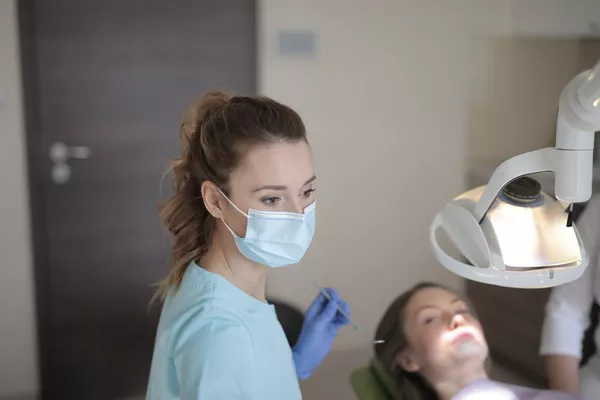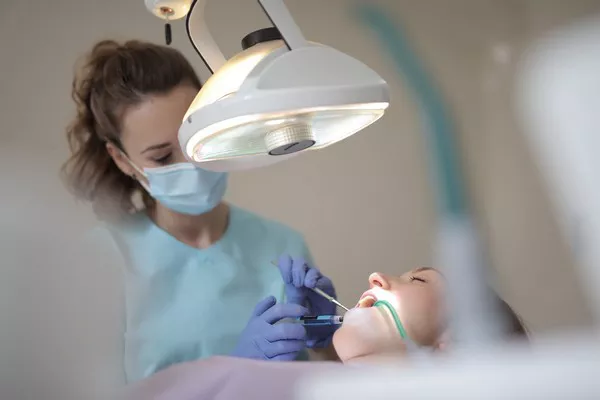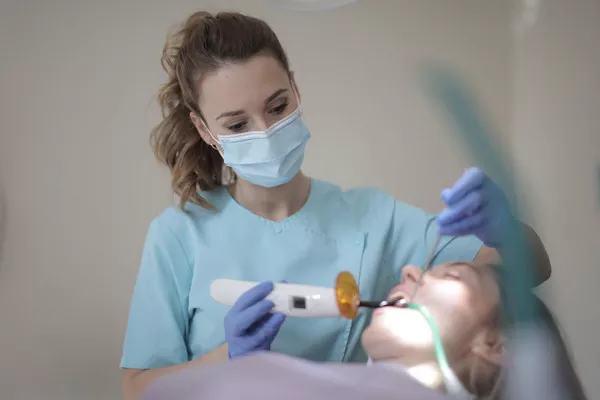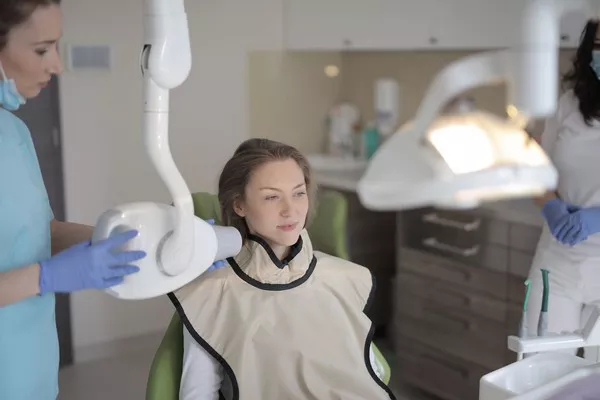Orthodontic treatment, such as braces or clear aligners, is primarily sought after to achieve a straighter smile and correct dental misalignments. However, one common question that arises is whether straightening teeth can also change facial appearance. In this article, we will explore the relationship between orthodontic treatment and facial changes, dispel common myths, discuss the potential effects of teeth straightening on facial aesthetics, and highlight important considerations for patients seeking orthodontic treatment.
Debunking Myths Surrounding Facial Changes
There are several myths and misconceptions regarding orthodontic treatment’s impact on facial changes. It is essential to address these misconceptions to provide accurate information. Here are some common myths debunked:
Orthodontic treatment causes drastic facial transformations:
It is a misconception that undergoing orthodontic treatment will drastically alter the entire face’s shape or structure. While orthodontic treatment focuses on straightening teeth and aligning the jaw, it does not significantly modify the underlying bone structure or result in dramatic facial changes.
Braces make the face look sunken or narrower:
Some individuals worry that wearing braces may cause their face to appear sunken or narrower. However, any perceived changes in facial appearance during orthodontic treatment are usually temporary and related to tooth movement and realignment. Once the treatment is complete, the face typically regains its natural symmetry and balance.
Teeth straightening leads to a “perfect” face:
Another myth is that orthodontic treatment will automatically result in a flawless or ideal facial appearance. While improved dental alignment can enhance facial aesthetics, achieving a “perfect” face involves multiple factors, including individual facial features, soft tissue characteristics, and overall harmony.
It is crucial to understand that orthodontic treatment primarily focuses on correcting dental alignment, occlusion, and oral health. Any changes in facial appearance are often subtle and supportive of overall facial harmony.
The Effects of Teeth Straightening on Facial Aesthetics
While orthodontic treatment may not lead to dramatic facial transformations, it can have some effects on facial aesthetics. Here are key considerations:
Improved Smile Aesthetics:
One noticeable change resulting from teeth straightening is an improved smile appearance. Straighter teeth can enhance facial aesthetics by creating a more harmonious and balanced smile. A properly aligned smile can positively impact an individual’s overall facial attractiveness and self-confidence.
Enhanced Lip Support:
Orthodontic treatment can contribute to better lip support by positioning the teeth in their optimal alignment. Proper lip support can help improve facial profile and fullness, enhancing overall facial aesthetics.
Balanced Facial Proportions:
Correcting dental misalignments can bring the upper and lower jaws into proper alignment, improving overall facial proportions. Achieving a balanced occlusion through teeth straightening can positively influence facial symmetry and harmony.
Potential Soft Tissue Changes:
In some cases, teeth straightening can indirectly influence soft tissue structures such as the lips, cheeks, and chin. When the teeth are aligned correctly, it can create better support for these soft tissues, potentially enhancing facial contours.
It’s important to note that the extent of facial changes resulting from teeth straightening varies among individuals. Factors such as pre-existing facial characteristics, the severity of dental misalignments, and the treatment approach can influence the overall impact on facial aesthetics.
Considerations for Patients Seeking Orthodontic Treatment
When considering orthodontic treatment for teeth straightening, it is essential to have realistic expectations regarding potential facial changes. Here are some considerations for patients:
Communication with Orthodontist:
Prior to beginning treatment, patients should have open and honest discussions with their orthodontist about their treatment goals and expectations. The orthodontist can provide a comprehensive understanding of the potential effects on facial appearance based on the specific case.
Comprehensive Treatment Planning:
Orthodontic treatment planning should take into account the patient’s unique dental and facial characteristics. Orthodontists consider factors such as bite alignment, smile aesthetics, and facial harmony when developing a personalized treatment plan.
Facial Evaluation:
During the initial orthodontic assessment, the orthodontist may conduct a thorough facial evaluation, considering factors such as profile analysis, lip support, and overall facial symmetry. This evaluation helps determine the possible effects of orthodontic treatment on facial aesthetics.
Collaboration with Other Specialists:
In complex cases where both orthodontic and additional dental or facial concerns are present, collaboration between orthodontists and other dental specialists, such as prosthodontists or oral surgeons, may be necessary. This interdisciplinary approach aims to achieve optimal results in terms of both dental alignment and facial harmony.
Does teeth alignment affect face shape?
The alignment of teeth can have some influence on facial appearance, but it is important to understand that the impact is generally subtle and limited. Here are a few key considerations regarding the relationship between teeth alignment and face shape:
Dental Compensation:
When teeth are misaligned or crowded, the jaws may adjust to accommodate the dental irregularities. This compensation can result in changes to the overall balance and proportions of the face. For example, severe crowding or protrusion of the front teeth may affect the appearance of the lips, creating an imbalanced or exaggerated profile.
Lip Support and Facial Profile:
Proper alignment of the teeth can contribute to improved lip support, which may enhance the overall facial profile. Well-aligned teeth provide a foundation for the lips, helping to maintain a harmonious and balanced appearance. On the other hand, significant dental irregularities or malocclusions can affect lip position and facial aesthetics.
Jaw Relationship:
The alignment of the upper and lower jaws, as determined by the position of the teeth, can influence the overall facial structure. When the teeth and jaws are aligned properly, it can contribute to a well-balanced facial shape and symmetry. Conversely, certain malocclusions, such as an underbite or overbite, may affect jaw positioning and alter the facial profile.
It is crucial to note that while teeth alignment can play a role in facial aesthetics, it is just one factor among many. Other features, such as bone structure, soft tissue characteristics, and overall facial proportions, also contribute to the overall appearance of the face. Changes in teeth alignment resulting from orthodontic treatment typically focus on improving dental occlusion and smile aesthetics rather than causing significant alterations to the underlying facial structure.
Additionally, it’s important to manage expectations and recognize that orthodontic treatment primarily aims to achieve proper dental alignment, occlusion, and oral health. Any potential effects on facial appearance resulting from teeth straightening are typically secondary to these primary goals.
If you have concerns about the relationship between teeth alignment and your facial appearance, it is best to consult with an orthodontist or a dental professional. They can evaluate your specific case and provide personalized insights and recommendations based on your unique dental and facial characteristics.
Orthodontic treatment primarily focuses on correcting dental misalignments and achieving proper occlusion.
Related Topics:































